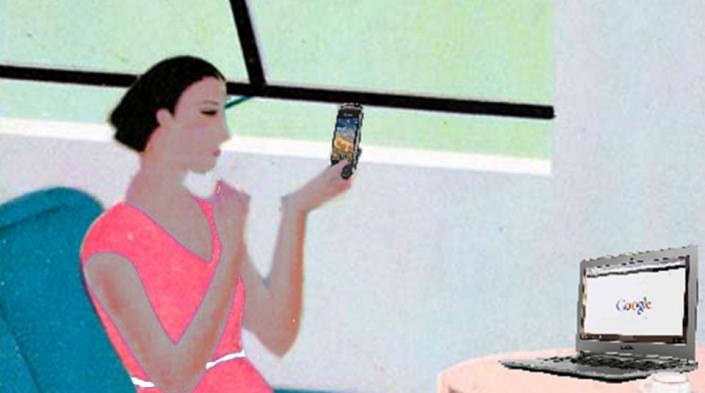
Publié le
Dernière mise à jour de cette page le
Each time I switched on the Netflix app on my phone, I activated the subtitles. They allowed me to focus on the screen and the show on hand during any periods of brain fog or anxious moments. The closed captioning was an added bonus for me. We know that subtitles and closed captioning are ways to make the content accessible to deaf and hard of hearing persons. But they are also useful for many who suffer from brain fog, who might not understand the accent, and others who have a hard time focusing. It seems natural but it is essential for us to remember a diverse group of us access and use mobile phones in India and elsewhere in the world.
When considering mobile phone usage and ownership, the gender gap in India is very high, a study showed in 2018. The study, conducted by LIRNEasia, looked at the ICT access and use in India and the global South and noted that among 18 countries, India ranked the lowest in women’s access to the internet. The gender gap in internet usage had increased over the years in rural areas in comparison to urban areas.
The survey also reiterated that mobile phone usage varies between urban and rural parts of the country. It also showed that urban parts of the country are most likely to use internet services and social media. In a country with 2.4% of the population considered as disabled, usage patterns among persons with disabilities is not studied beyond understanding how to make accessibility a reality. For many women with disabilities, having a mobile phone means being able to communicate with friends, loved ones, colleagues, prospective clients and partners at all times. It has changed the way we communicate with each other and has modified how quickly we respond.
Continue reading at GenderIT.org.


